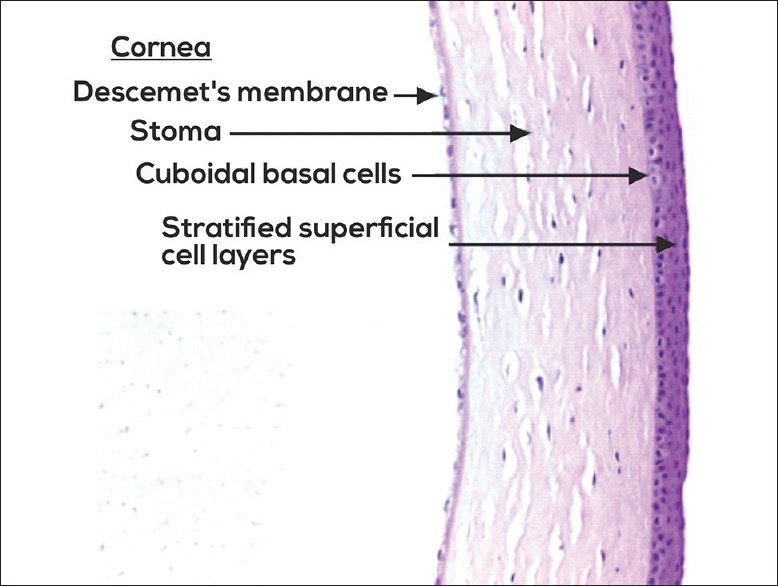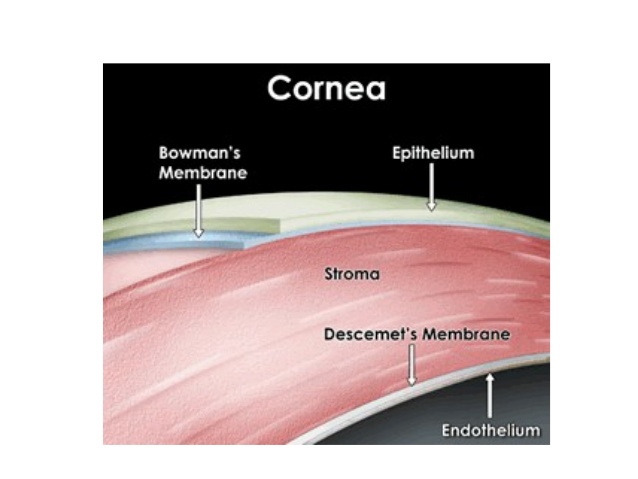Photorefractive Keratectomy
Photorefractive Keratectomy is commonly known as PRK. PRK is a form of laser vision correction. In PRK the superficial layer of the cornea known as the corneal epithelium is removed and the laser applied to reshape the underlying surface known as the corneal stroma. The corneal epithelium then regenerates from the edge of the remaining epithelium until the surface of the stoma is covered. The epithelial cells then reorganize into a clear smooth layer with optical transparency. Occasionally PRK can heal with a haze to the cornea. This is more likely to occur in higher corrections. In certain cases a drug called Mitomycin-C is applied to the corneal surface after the laser ablation significantly reducing the risk of developing corneal haze. The epithelium can be removed with different methods. I prefer to perform ORCA EBK which uses a plastic blade to remove the epithelium. In the past I used 18% alcohol in a well to soften the epithelium for easy removal. However, the toxicity from the alcohol delayed healing and caused more discomfort than ORCA EBK. ORKA PRK has also been reported to cause less corneal haze than other methods of corneal epithelium removal.

